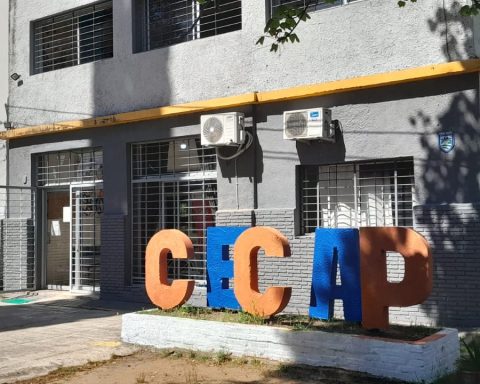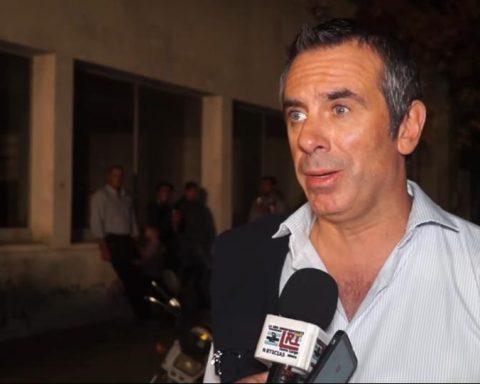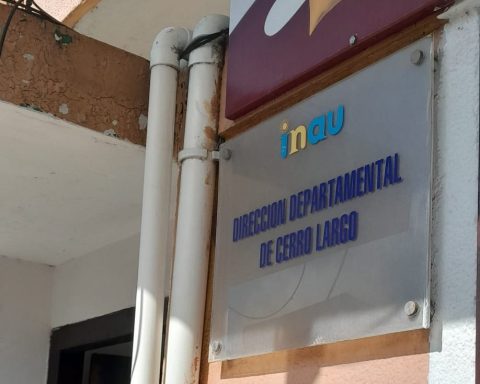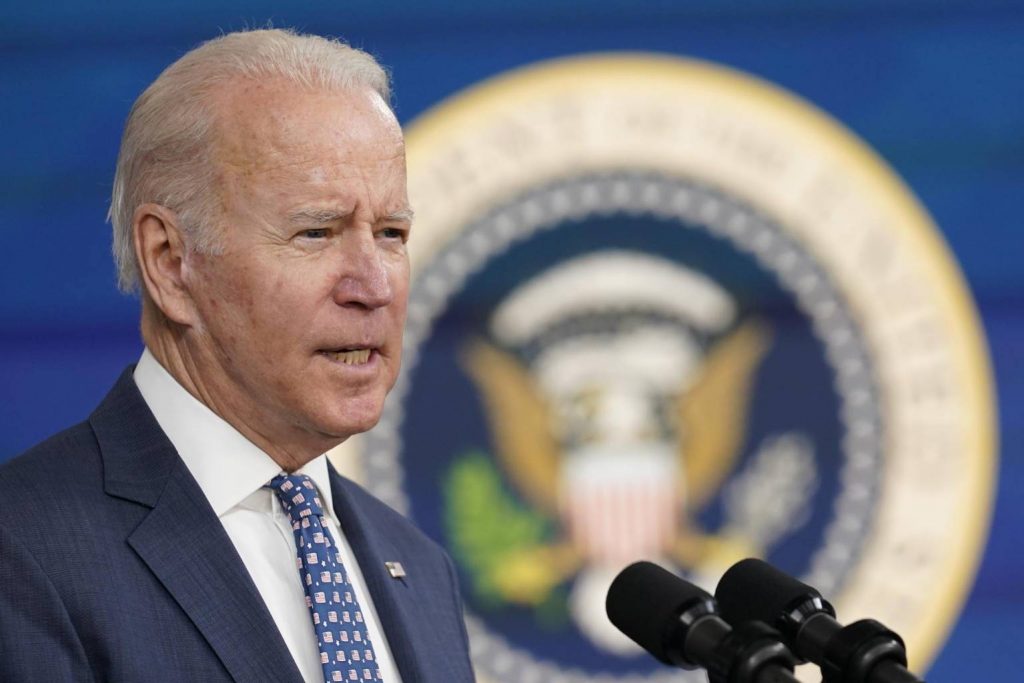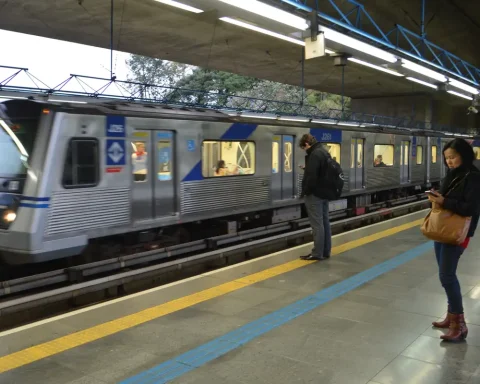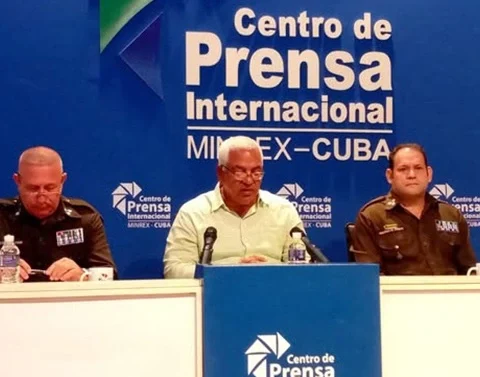After keeping rates frozen during October and November even when the international benchmark marked a rise, and with inflation bordering 8%, the Executive Power will decide in the next few days what will happen to fuel prices in December.
When there are still a few days left until the current measurement window closes, la price evolution on the Gulf of Mexico Coast in the US It shows some stability compared to the average values of the immediately previous month when there were important rises.
In the first 21 days, which go between October 26 and November 15, the average price of conventional gasoline was US $ 2.38 per gallon with a minimum advance of one tenth.
In the case of diesel (ultra-low sulfur), in the same period its price fell 0.3% and stood at US $ 2,409 per gallon. This according to the latest data published by the US Energy Information Administration (EIA). East exercise is only an approximation to see what the market trend has been.
In the methodology used by the Regulatory Unit for Energy and Water Services (Ursea), the average price of two types of gasoline is taken into account for gasoline: CBOB Regular 87 and CBOB Premium 93. And for diesel the reference price is Ultra Low Sulfur Diesel (ULSD 62). The regulator’s methodology also incorporates other specifications, such as the cost of freight, insurance or the mixture with biofuels, for both gasoline and diesel.
In the last two months, the Executive Power decided to maintain prices and not transfer the weight of an increase to the domestic market. And in October it did it again, appealing, according to the government, to the extraordinary profits of Ancap from the sale of diesel to UTE for the generation of energy for export. “The Executive Power maintains the criterion of allocating the extraordinary results of Ancap to favor the economic reactivation in the post-pandemic stage”said the official statement on that occasion.
The economist Javier de Haedo, published a column in El País where he doubted that the oil entity obtained profits in the July-September quarter. According to their calculations, based on the information published by the MEF, Ancap went from having a positive result of US $ 9 million in 2020 to a red of US $ 17 million this year.
The numbers for the month do not show relevant variations. The authorities will define if they maintain prices or correct the gap in whole or in part that exists with the latest measurement of the Import Parity Price (PPI) of Ursea and the prices that are in effect to the public today.
According to the regulator’s report – which analyzed the moving month closed to October 25 -, the liter of Ancap’s explanta diesel (not counting the margins of the distributors and freight) should cost $ 43.80, which shows a rise in 13.7% ($ 5.3) compared to the price that was in effect in the September report ($ 38.45).
In the case of Super 95 gasoline, its price should have increased 4.5% ($ 2.7) per liter, since Ancap’s explanta value would climb from $ 57.44 to $ 60.1, while gasoline Premium should go from $ 59.38 to $ 62 (+ $ 2.6).
In any case, taking into account the latest information, an upward correction in rates seems difficult. A rise would add extra pressure on inflation, so it is to be expected that this point will be taken into account when making the decision. It is also true that the last month of the year is usually one of deflation due to the impact of the plan UTE Premia that enables a bonus of about $ 550 in the rate of 750 thousand clients.
Another question is what can happen in January. There the government should adjust the Imesi on gasoline (it explains 40% of the price that the consumer pays at the pump) due to the evolution of inflation in 2020.
The debut of the PPI was last June with a partial adjustment of 12% for gasoline and diesel, which if it had been applied in its entirety following the methodology would amount to 19% on average. This was followed by upward corrections of less than 1% in July, and an average of 9% in August. In September, prices fell 0.6% in gasoline and 1.5% in diesel. Then there were no new modifications to the fuels. The only thing that was corrected was the price of bulk supergas, which increased 25% in two months.
Calmer market
The prices of the Oil had dropped to its lowest level in a month and a half on Friday under pressure from new sanitary restrictions in Europe against the coronavirus, which threaten the demand for crude oil.
“A combination of factors explains the pressure on prices: the rise in COVID-19 cases and potential lockdowns, rumors and whispers about an eventual coordinated use of a portion of strategic oil reserves, and the stronger dollar.” , Matt Smith, head of oil analysis for raw materials data provider Kpler, summed up to AFP.
This Monday, Brent crude – the reference for Ancap – advanced 1%, to US $ 79.7 per barrel. A month ago, crude prices were around US $ 86 per barrel.
